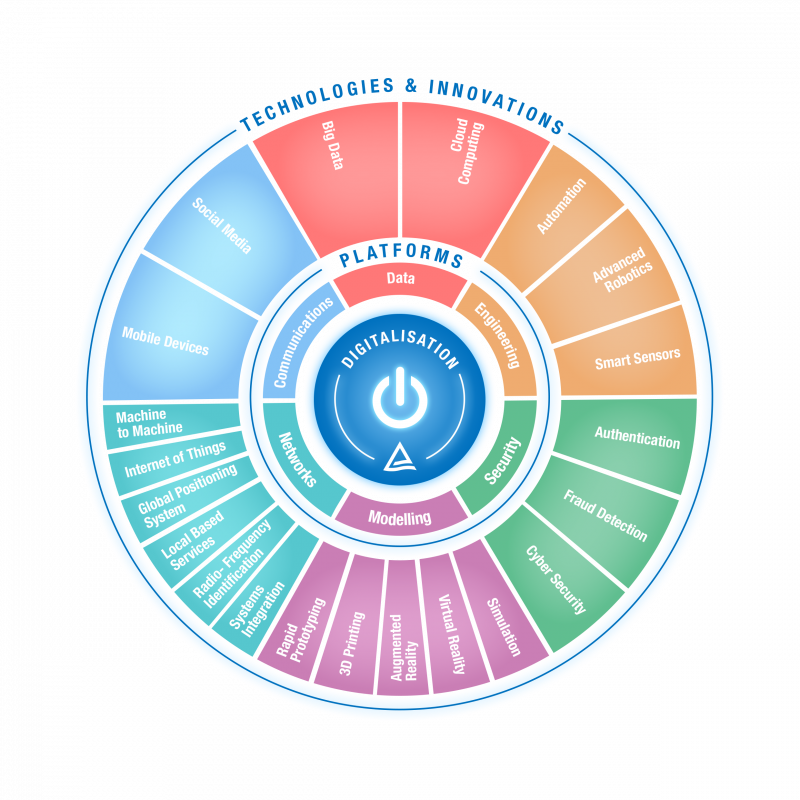Digitalisation risk management
Whereas ‘digitisation’ is the process of converting information into a digital format, ‘digitalisation’ is the integration of digital technologies into everyday life by the digitisation of everything that can be digitised. Digitalisation, if used appropriately, can make things easier, more efficient, faster, cheaper, more accessible, more visible, more user friendly, simpler, more reliable, safer, more secure, more realistic, more enjoyable and so on.
The opportunities are pretty much endless and only really limited by our imaginations. These include the application of advanced robotics, big data coupled with artificial intelligence and virtual and augmented reality. But with opportunities come threats, such as software bugs or viruses, hacking of cyber systems, failure of smart sensors, and unethical automated decision making.

Digitalisation must be embraced by high hazard industries to meet their moral and legal responsibility to reduce their risks As Low As Reasonably Practicable (ALARP). Beyond this, it offers huge potential to improve business performance by improving what’s currently being done or doing what previously couldn’t. It will fundamentally change the way facilities are designed, operated and managed and will introduce entirely new operations we cannot yet perceive. As a result it will introduce new risks and will challenge established norms such as risk appetite, morals and ethics. The challenges are huge, but the potential benefits are even greater.
Embracing digitalisation and the benefits this offers is just like any other change and standard risk management processes apply. Combining our core risk management capability and experience with our detailed understanding of what digitalisation actually is, at a technology level as well as from a moral and ethical perspective, we’ve developed a unique framework to help our clients reap the huge potential rewards in a safe and sustainable way.

